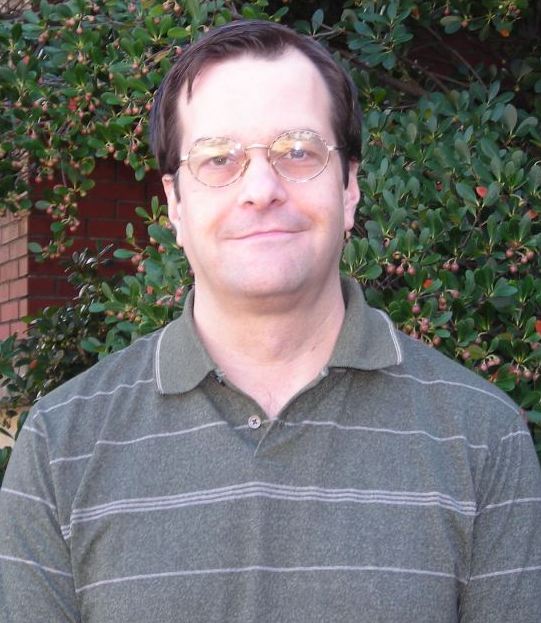
|
David Maurer Associate Professor Experimental Plasma Physics Office: Allison Lab # 211 Address: Phone: (334) 844-7809 |
|
Education |
|
| Ph.D., Columbia University | 2000 |
| M.Phil., Columbia University | 1998 |
| M.S., Columbia University | 1993 |
| B.S., University of Wisconsin | 1991 |
|
Professional Employment |
|
| Associate Professor, Department of Physics, Auburn University | 2011- present |
| Adjunct Associate Professor, Columbia University | 2011- present |
| Adjunct Assistant Professor, Columbia University | 2005- 2011 |
|
Professional Activities |
| Member: |
| American Association for the Advancement of Science |
| American Physical Society |
| University Fusion Association |
| U.S. Burning Plasma Physics Organization |
|
Research and Teaching Interests |
My chosen area of study is magnetically confined plasmas, in particular, those for application for the generation of fusion energy. Magnetic confinement physics is a fundamental part of plasma physics, important over a broad range of applied science. Since coming to Auburn University my main research goals have been to advance the nderstanding of three dimensional shaping of confined plasmas on the Compact Toroidal Hybrid (CTH) device. In particular, to answer the question: how can 3D stellarator magnetic fields be used to explicate and suppress disruptive plasma terminations events that give rise to sudden loss of confinement for axisymmetric plasmas such the tokamak configuration. To date, my group working on CTH has been able to suppress and ameliorate several major types of catastrophic plasma termination observed on tokamaks: (i) suppression of vertically unstable motion, (ii) suppression of high current terminations, and (iii) extension of the operational density limit (Greenwald limit). I plan to continue this important area of research in future proposals by beginning a more systematic study of the detailed causes for the observed performance enhancement with strong magnetic shaping already observed on CTH. This entails substantial diagnostic upgrades of our ability to measure CTH plasma equilibria to be able to explore changes in plasma stability with the addition of stellarator fields that lead to our observed disruption suppression. In addition, I am actively trying to expand my research effort internationally. I am in the process of attempting to start a collaboration on the Wendelstein-7 Experiment (W7-X) at the Institute of Plasma Physics at Griefswald, Germany. This will hopefully lead to additional external funding, with tentative plans to have a post-doc and two graduate students on-site at W7-X studying edge island divertor physics. We also have plans to begin a new research thrust on CTH exploring edge plasma transport and flow physics in the presence of a magnetic island structure which has a strong overlap with planned physics goals of the W7-X device when it begins first operations in 2015. The encouraging results we have achieved on CTH disruption behavior also motivate plans for a possible new experimental device as a follow-on experiment in the future. Currently, CTH operates with rather large non-axisymmetric components to its magnetic field. We plan to attempt to run axisymmetric tokamak plasmas in our next proposal given available funds for vertical field control and plasma breakdown initiation. These experiments would be a first step in the direction of motivating the construction of a new device that could explore the full range of magnetic configurations from an axisymmetric tokamak plasma to a quasi-symmetric or fully 3D current carrying plasma. Design of such a new experiment has already been discussed with Princeton Plasma Physics Laboratory (PPPL) physicists who would be an active participant in the computational design. New avenues for funding of the design phase of a follow-on experiment along these lines are being pursued in collaboration with PPPL. This research would be first of kind in the world and have application to both tokamak and stellarator confinement physics and would impact optimization of future magnetic confinement systems for fusion. |
|
Selected Publications |
|
Last updated: 05/07/2015
